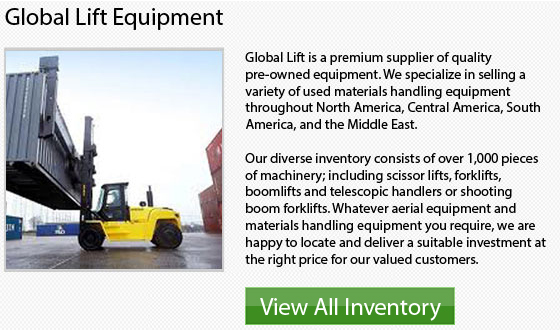
Inspect a Forklift
Workplace injuries related to forklift operation within North America average roughly over 10,000 every year, according to the statistics from OSHA and the HRSDC. Several injuries are caused by the lack of maintenance of the machinery and correct equipment inspection. Other injuries are due to operator error.
Injuries are not the only problems which are related to the maintenance and operation of forklifts. Another serious problem is property damage. Lift truck mishaps could lead to damage to overhead pipes, sprinklers, and other machines as well as building walls. By completing thorough inspections every day, you could help lessen lift truck injuries.
You must first turn off the engine before checking the forklift. Check the levels of the engine oil, fuel, brake fluid, hydraulic oil and coolant. Visually check the tires of the machinery looking for signs of wear, appropriate air pressure and general condition. Visually inspect the forks on the front of the equipment as well. Verify the condition of the heel and top-clip retaining pin. Check that the backrest is firmly attached. Confirm that both the overhead and finger guards are attached. Visually inspect the cables and stops, the mast chains and the hydraulic hoses as well.
You must check the propane tank if you are utilizing LP or liquid propane forklifts. Check for any indications of corrosion, damage or rust. Be certain that the battery has enough levels of electrolyte and which is charged sufficiently. Visually inspect all belts. Check to confirm the location of the owner's manual and make sure it is situated in the designated on-board storage compartment. Verify the hood latch and make sure that it is operating as it is supposed to. Check the seatbelt and make sure it is functioning correctly and securely latches.
You could turn on the engine after you have done all the steps mentioned above. Carefully listen to the engine. Investigate any strange sounds right away. Make certain that both the service brake and the parking brake are correctly functioning. Confirm that the accelerator and the steering controls are functioning at optimum performance levels.